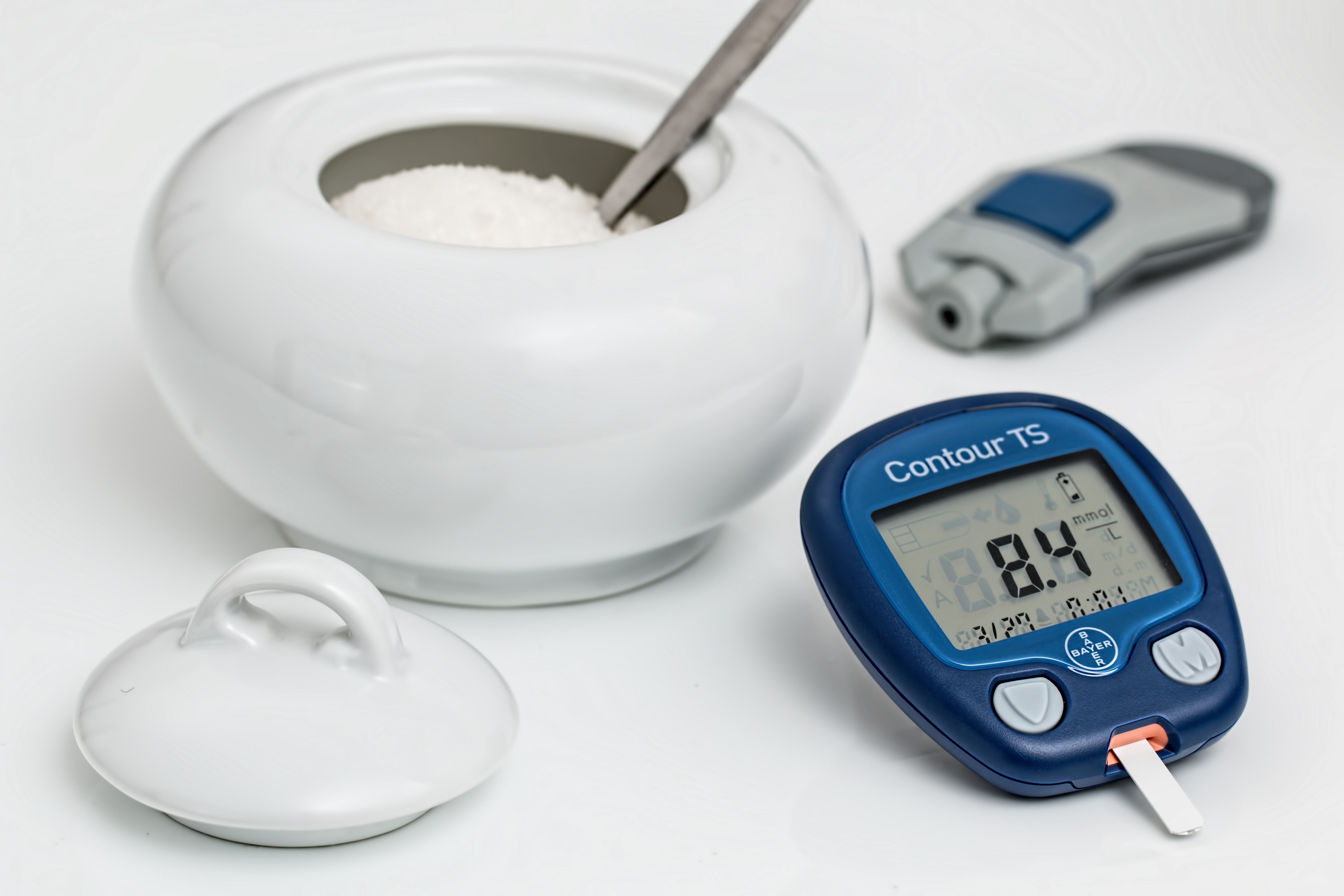Originally published in Venture Beat
By Florence Comite, MD
I grew up near the Atlantic Ocean, so my deepest fears often manifest themselves in my mind and dreams as storms or tidal waves bearing down on the shore.
As an endocrinologist, the wave that scares me most – the real nightmare that many do not see coming – is the diabetes tsunami bearing down on all of us.
The forecasts are daunting: The total number of Americans with diabetes will increase by 64 percent to 53.1 million in 2025, and the annual medical and societal costs will increase by 72 percent to $514 billion.
But that doesn’t really explain the true impact. I believe the threat is bigger than that.
Look at it this way: Large numbers of Americans – some studies say half of all Americans – are pre-diabetic and don’t even know it. From my own clinical work, I’d say it’s likely more than half. And most people aren’t aware of the implications.
The pre-diabetic often attributes his or her symptoms – decreased energy, fatigue, increase in weight around the middle, diminished sexual function – to a poor lifestyle, not enough sleep, and poor diet and exercise habits. But it’s not unusual to see prediabetes in the metabolites of veggie-loving gym buffs with eight-pack abs. Family history, hormones, and genetics are perhaps more influential, often undermining an otherwise “healthy” lifestyle.
You are already sick when you are a pre-diabetic. More disconcerting is that you are on the verge of a serious disease. Insulin injections may be in your future, along with increased susceptibility to infections, poor healing from injuries, neurogenic pain that can affect walking comfortably, cancer, heart attacks, loss of vision, kidney failure with dialysis. I could, unfortunately, go on.
While our health care system may be doing little to avert this oncoming wave, several innovators in the tech community have jumped in to build solutions, and we can expect to see more companies joining their ranks over the coming years. Here’s an overview of three players actively working to stem the diabetes epidemic today. (Disclaimer: I have no investment or other business stake in these companies.)
Metabolon: Clearly we need earlier intervention in the diabetes crisis. Metabolon has developed technology that can examine a couple of thousand metabolites in blood, which it can read for signs of anything from Type 2 diabetes to cardiovascular disease, long before it would be identified in a standard test. Metabolon tests can even spot irregularities in your microbiome.
Metabolon’s President and CEO, John Ryals, this summer discussed his technology on the sidelines of an Understand Your Genome event I hosted in New York. He said the goal is to catch problems long before disease takes hold.
“We catch you before you lose control of your glucose,” he said. “With our insulin resistance test, we pick up patients who are headed down that path, when their insulin is increasing. But they haven’t gone so far as having dis-regulated glucose.”
This is critical; if we have waited until disease manifests itself, we have missed the boat. It’s easier to intervene more effectively, even reversing the path to diabetes, when you are at the early stages of a pre-diabetic condition.
Ryals agrees: “Once you are at the point where you have to inject insulin, you are deep in the disease. Turning things around can be complicated.”
Dexcom: Another company I’ve been watching is Dexcom. Its technology, a sensor that pokes just beneath the skin, transmitting glucose readings to your cell phone, allows for continuous glucose monitoring. In fact, beyond allowing diabetics to manage their blood sugar levels, it can also benefit those without diabetes by showing them, in real time, how their dietary decisions can influence their blood sugar levels.
I recently spoke with D.A. Wallach, esteemed musician cum healthcare investor who shared with me his personal experience using the device.
“I’m not diabetic, but the Dexcom experience has been enlightening,” he said. “It effectively gamifies healthy living: I look at my phone, and I’m trying to stay between these two lines (an upper and lower blood sugar level). Every decision I make is a strategic decision. I get instant feedback as to whether I’m winning the game or losing the game. It’s a fun and personal experience.”
Sano: Sano’s minimally invasive wearable patch measures interstitial fluid in the skin’s outer layer to provide real-time, continuous glucose monitoring to a mobile app. “The diabetes epidemic is a problem of getting information too late,” says Ashwin Pushpala, founder and CEO of the novel technology due to hit the market in 2017.
“Our technology can generate an individual’s health data points in real time and in a comfortable, accessible way. It helps people make faster, more informed decisions to optimize eating options and behaviors.”
Conventional medicine predominately treats diabetes only once it emerges as disease. As a physician, I find that frustrating; diabetes can be seen coming miles away.
These technologies offer hope that, before the tidal wave hits, most of us can change our personal destiny and purposefully remove ourselves from the path of destruction.
Florence Comite, M.D., an endocrinologist and founder of the Comite Center for Precision Medicine in New York City and a former faculty member at Yale Medical School, is the author of “Keep it Up,” a book about precision medicine, a field she has specialized in for decades.

